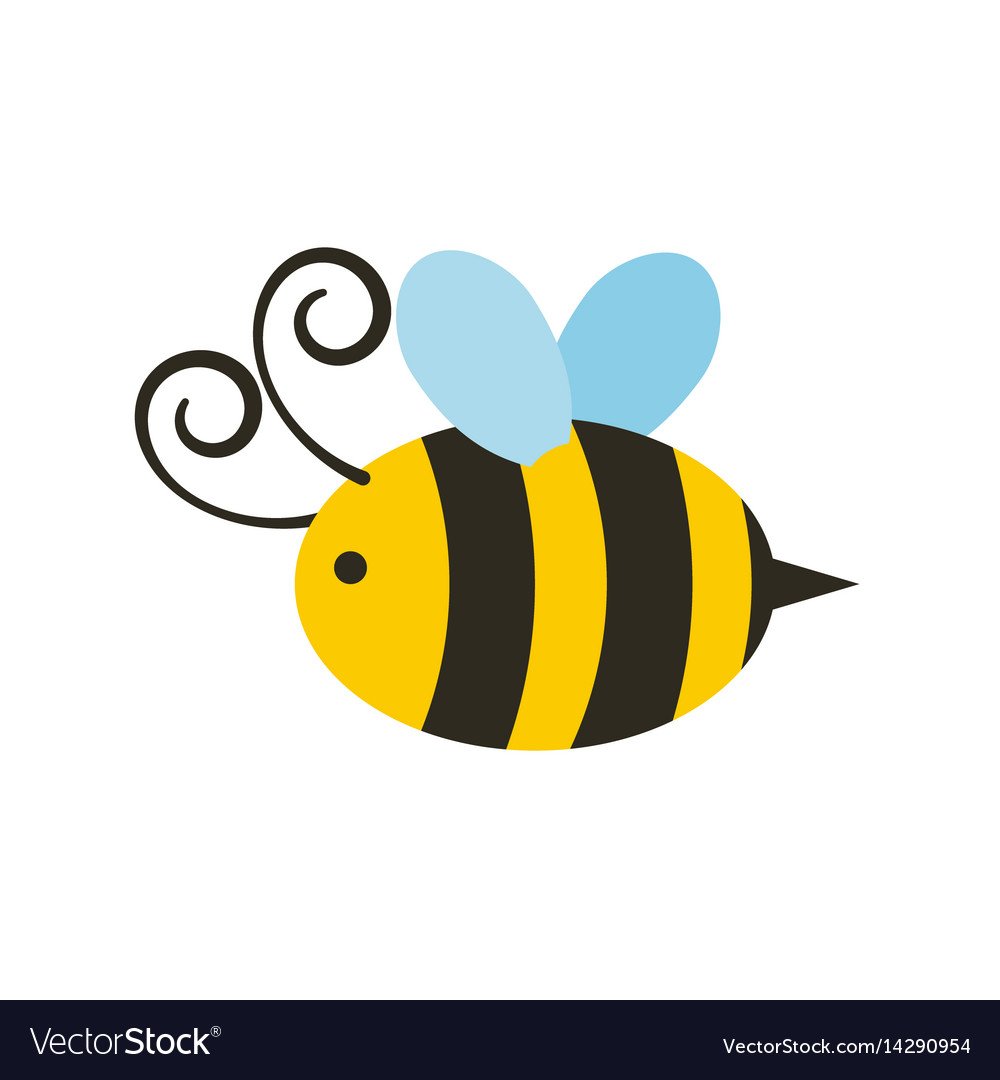Hello, I am a 10 year beekeeper and bee remover. I’ve taught hobbyists and removers the ins and outs of beekeeping for awhile now, and I’ve gotten to the point that I feel there’s very little that bees have left to teach me. I deal with a more southern climate, not much overwintering, and my bees are partly Africanized, like the local population. I can answer questions about hobbyist beekeeping as well as strategies for removal and relocation. Have a problem you can’t quite figure out? Bees being a bit mysterious to you? Having trouble with a particular hive? Want to know more about what gear or woodenware you’re working with? Hit me up here!


Did an inspection today because it was time to remove the mite treatment.
I have a new hive this year. My original hive has so much more capped brood than my new one. The new one has hardly any at all.
Should I be concerned? Should I do anything?
Irregular brood pattern, not shotgun. New queens need some time to develop those beautiful concentric laying patterns. I don’t see any pathology other than some shiny white spot in empty cells that could be varroa poop. Look deep in those cells that aren’t capped yet to check for brood health, if it looks cloudy, off-color (greenish) then you might be seeing the beginnings of European Foulbrood, but I’m not seeing it. Only three perforated caps, which is in the realm of normal. I’d let it roll but keep doing weekly inspections on this one, study the signs and symptoms of European Foulbrood and Varroa overload, just to keep you informed. Where are you located?
deleted by creator
The top picture is an established hive.
The bottom picture is a new hive from a package.
My thought is that it was a supersedure scenario with the new hive. They will make a new queen most likely.
I’ve treated for mites. Before I treated, I didn’t have a high mite count. I’m still feeding sugar water internal to the hive. I have an anti robbing cover on the entrance.
Is there anything else I should be doing or I should think of?